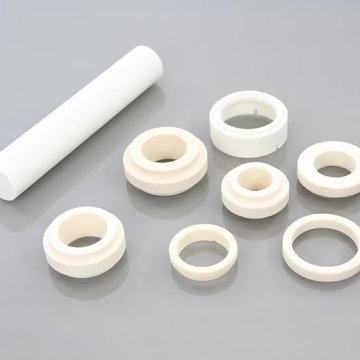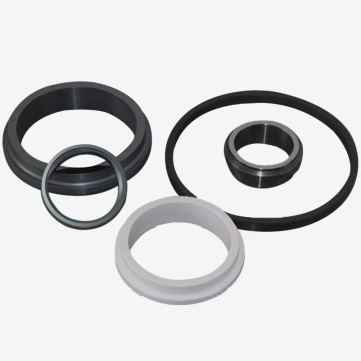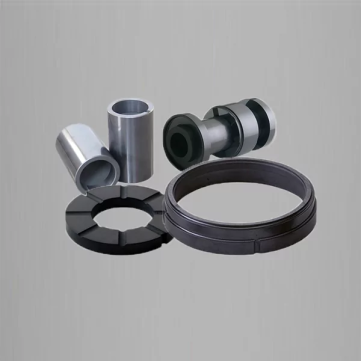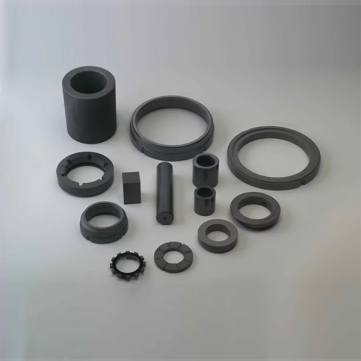As the world’s demand for efficient and sustainable transportation continues to grow, shipbuilding companies are constantly seeking new technologies to improve their vessels. One such innovation is Junty’s Mechanical Seal Rotary Part – a game-changing component that has revolutionized the industry. This cutting-edge technology promises to enhance vessel performance and reduce maintenance costs, making it an attractive solution for shipbuilders worldwide. In this blog post, we’ll explore the impact of Junty‘s Mechanical Seal Rotary Part on shipbuilding and how it is transforming the industry as we know it. Get ready to dive into a fascinating world of advanced engineering and groundbreaking developments!
Introduction
The rotary seal system uses a rotating seal to create a permanent airtight seal between two surfaces. This is important because it allows for the construction of ships that are both lighter and stronger.
In addition, mechanical seal rotary parts can be customized to meet specific needs. For example, some versions are designed specifically for use with watertight doors or hulls.
The impact of Junty’s Mechanical Seal Rotary Part technology has been overwhelmingly positive. It has helped to revolutionize shipbuilding and make it more efficient and cost-effective than ever before.
Benefits of using Junty’s Mechanical Seal Rotary Part in Shipbuilding
Shipbuilding has long been a process that requires manual labor and involves many steps. With the advent of Junty’s Mechanical Seal Rotary Part, this process has been revolutionized. This part eliminates the need for human labor, thereby reducing the time and cost needed to build a ship. Additionally, this part ensures accuracy and consistency in the manufacturing process, which leads to better-quality ships.
Applications of Junty’s Mechanical Seal Rotary Part in Shipbuilding
Ships are built with rotary seals that use rotating disks to create a seal between the components of the ship. The design and application of Junty’s Mechanical Seal Rotary Part has revolutionized the way ships are built by eliminating the need for traditional dies and reducing the time and labor required to assemble a seal.
The rotary seal technology used in shipbuilding is based on a principle called interference fit, which requires an assembly that is both tight and easily removable. A traditional rotary die requires precision machining to produce a precisely fitting seal, which can be difficult to achieve when multiple parts need to be assembled quickly and without error. The use of Junty’s Mechanical Seal Rotary Part eliminates the need for precision machining, making it possible to build more accurate seals with less time and labor.
The impact of Junty’s Mechanical Seal Rotary Part on shipbuilding is evident not just in terms of increased accuracy but also in terms of speed and efficiency. Traditional rotary dies take hours to produce a single seal, while Junty’s Mechanical Seal Rotary Part can complete the process in minutes. This reduced time allows for more rapid assembly of seals, leading to improved quality and faster turnaround times for ships.
Conclusion
Junty’s Mechanical Seal Rotary Part has had a dramatic impact on shipbuilding, making it faster, more efficient, and less expensive. This innovative technology has allowed shipbuilders to create larger and more complex vessels with greater speed and agility than ever before. In the future, this technology is likely to continue to revolutionize shipbuilding by making ships even stronger and more reliable.






